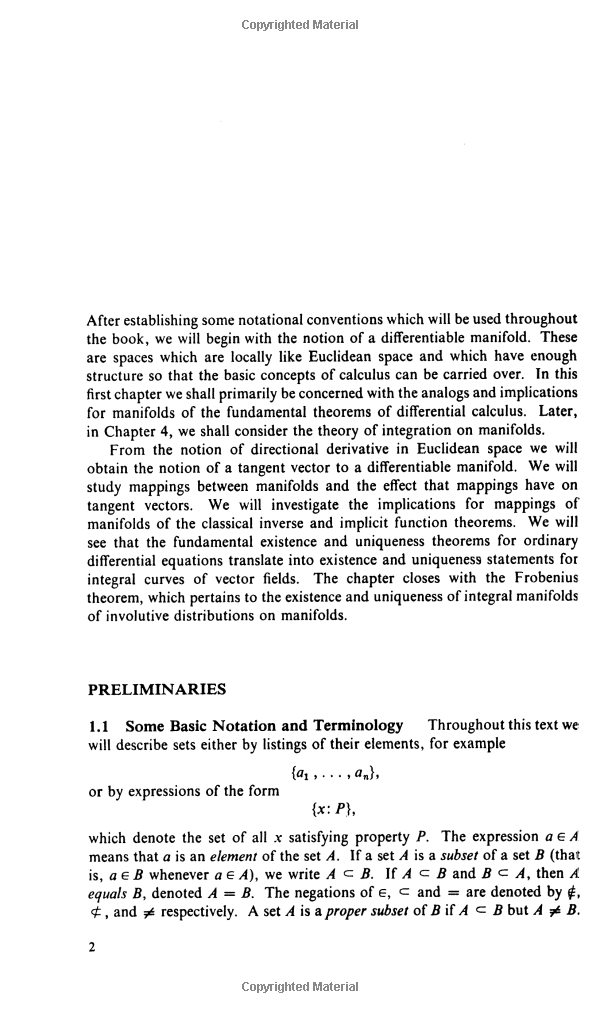Understanding Are Fix and Flip Loans Commercial: A Comprehensive Guide for Real Estate Investors
Guide or Summary:What are Fix and Flip Loans?Are Fix and Flip Loans Commercial?Advantages of Fix and Flip LoansRisks Associated with Fix and Flip LoansConcl……
Guide or Summary:
- What are Fix and Flip Loans?
- Are Fix and Flip Loans Commercial?
- Advantages of Fix and Flip Loans
- Risks Associated with Fix and Flip Loans
- Conclusion: Are Fix and Flip Loans Commercial?
**Translation of "are fix and flip loans commercial":** "Are fix and flip loans commercial"
---
What are Fix and Flip Loans?
Fix and flip loans are specialized financing options designed for real estate investors looking to purchase, renovate, and sell properties for a profit. These loans provide the necessary capital to acquire distressed properties that require significant repairs and improvements. The primary goal of fix and flip investors is to enhance the value of the property through renovations and then sell it quickly at a higher price.

Are Fix and Flip Loans Commercial?
The question "are fix and flip loans commercial" often arises in discussions about real estate financing. While fix and flip loans are primarily used for residential properties, they can also be utilized for commercial real estate projects. However, the terms and conditions, as well as the approval process, may differ significantly between residential and commercial fix and flip loans.
Commercial fix and flip loans typically involve larger amounts of capital and may require a more detailed business plan, including projections for rental income or resale value. Investors interested in commercial properties should be prepared to navigate a more complex lending landscape, which may include higher interest rates and stricter qualification criteria.
Advantages of Fix and Flip Loans
One of the main advantages of fix and flip loans is the speed at which they can be secured. Unlike traditional mortgages that can take weeks or even months to process, fix and flip loans can often be approved quickly, allowing investors to act fast in competitive real estate markets. Additionally, these loans are generally short-term, ranging from six months to a few years, which aligns well with the quick turnaround needed for fix and flip projects.

Furthermore, fix and flip loans are typically based on the after-repair value (ARV) of the property rather than its current value. This allows investors to borrow more money to cover renovation costs, which can lead to higher profits once the property is sold.
Risks Associated with Fix and Flip Loans
Despite their advantages, fix and flip loans come with inherent risks. The most significant risk is the possibility of unforeseen expenses during the renovation process. If the costs exceed the budget, it can erode the profit margin and potentially lead to financial losses. Additionally, if the property does not sell as quickly as anticipated, investors may face high holding costs, including mortgage payments, property taxes, and maintenance expenses.
Moreover, the real estate market can be unpredictable. Changes in market conditions can affect the resale value of the property, making it crucial for investors to conduct thorough market research and have a solid exit strategy in place.

Conclusion: Are Fix and Flip Loans Commercial?
In conclusion, understanding whether fix and flip loans are commercial is essential for real estate investors. While these loans can be used for both residential and commercial properties, the specifics of the financing options can vary significantly. Investors should carefully assess their projects, financial capabilities, and market conditions before diving into fix and flip ventures. By doing so, they can maximize their chances of success in the competitive world of real estate investing.
Whether you are a seasoned investor or a newcomer to the field, having a clear understanding of fix and flip loans and their commercial applications is crucial for making informed decisions and achieving your investment goals.